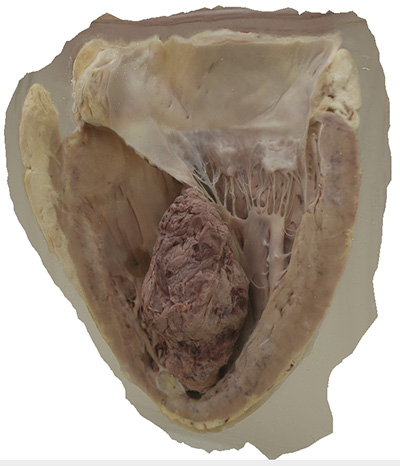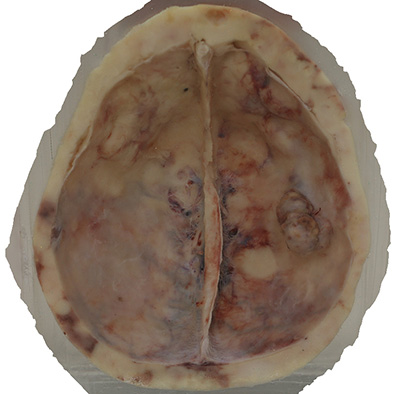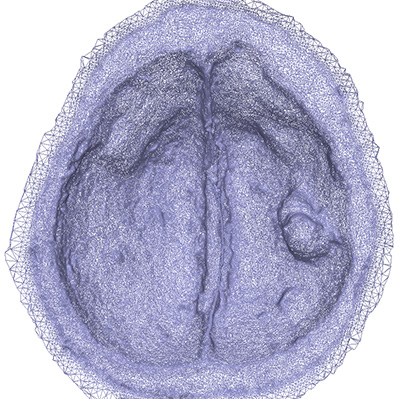Report on the 3D reconstruction of preserved organs within glass containersPaul BourkeNovember 2013 The automatic reconstruction of 3D digital models of real world objects based solely upon photographs is coming of age. The author has been exploring the various algorithms and implementations (both freeware and commercial) for a number of years with encouraging results. One application area has been the capture of heritage objects, typically made of highly textured solids (wood and stone) which is known to be favoured by the algorithms. Still other types of object surface are known to generally fail, such as highly reflective surface. The challenge here is to reconstruction objects (organs) contained within rectangular glass vessels and submerged in preserving fluids. Two initial test samples follow. 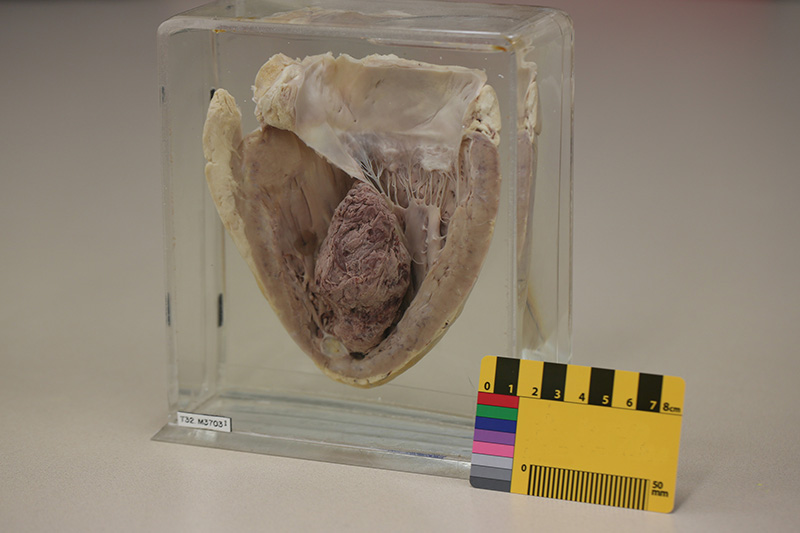
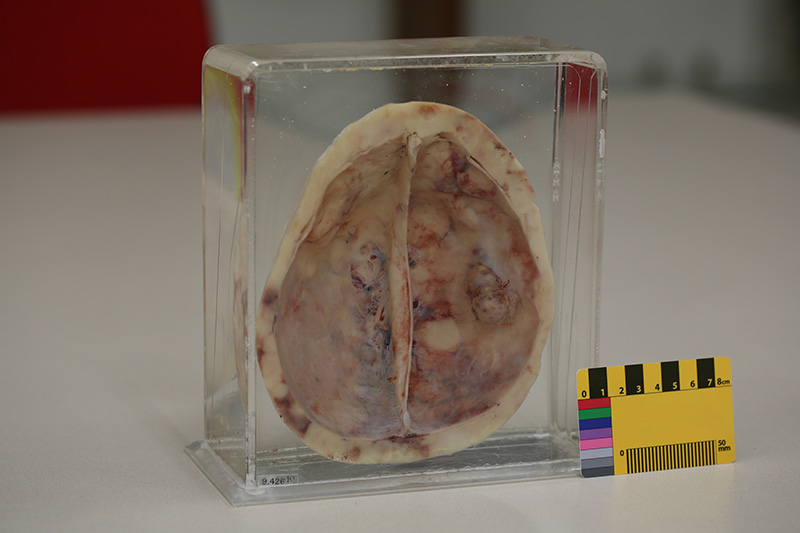
The above two images are one of a sequence captured for each specimen. Due to refraction effects as one passes the corners, no attempt was made to photograph and reconstruct the 360 model, something readily possible for unobstructed objects in air. The equipment consists of a Canon 5D MkIII and an L-series Canon 100mm prime lens (fixed focal length). The reconstruction software chosen was PhotoScan due mainly to it's stability and high quality results we have obtained when reconstructing objects from other disciplines. Reconstructed views
Movies and 3D models
Small movies are provided of the reconstructed model being rotated +-60 degrees: sample a and sample b. While these only rotate horizontally, one could also rotate vertically. This could be explored interactively using software such as MeshLab, OBJ modes are provided: sample a OBJ archive and sample b OBJ archive. |
